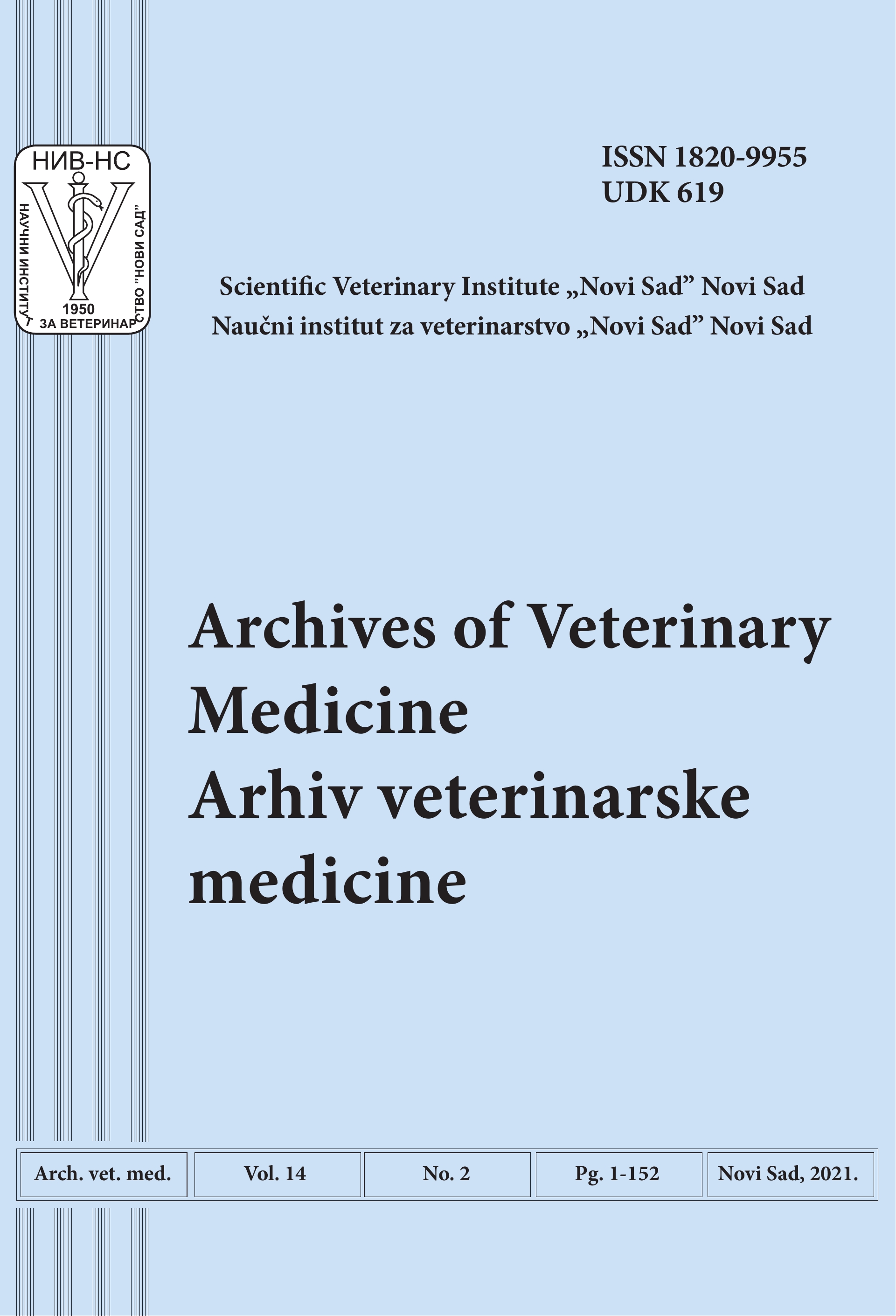Abstract
The honey bee Apis mellifera is an important beneficial insect recognized by production of honeybee products, having an important role in agricultural production through pollination, and play an equally crucial role in conserving the biodiversity in many natural ecosystems. According to available literature data, in the last more than 20 years, dramatic honey bee winter colony losses have been reported frequently all over the world that could have a direct influence on human food resources and can affect not only apiculture or agriculture, but also has an anthropological threats. One among many reasons for global bees-decline phenomenon is the influence of many viruses on honeybees’ health. Until today, in total, 36 viruses is detected in honey bees, and for many of them still without known pathogenicity on honeybees’ health. However, it is well known that some of these viruses like Acute Bee Paralysis Virus (ABPV), Chronic Bee Paralysis Virus (CBPV), Deformed Wing Virus (DWV), Black Queen Cell Virus (BQCV), Sacbrood Virus (SBV), Kashmir Bee Virus (KBV), Israeli Acute Paralysis Virus (IAPV), Slow bee paralysis virus (SBPV), Varroa destructor virus (VDV1) and some others has direct or indirect influence on individual honeybee or on whole honeybees colony health. In this paper the review of existing literature data on the presence, prevalence and characterization of honeybee viruses detected in honeybee colonies and apiaries from different regions in Serbia from first detection of their presence in 1986 till nowadays is presented and discussed.

This work is licensed under a Creative Commons Attribution 4.0 International License.
Copyright (c) 2022 Archives of Veterinary Medicine
